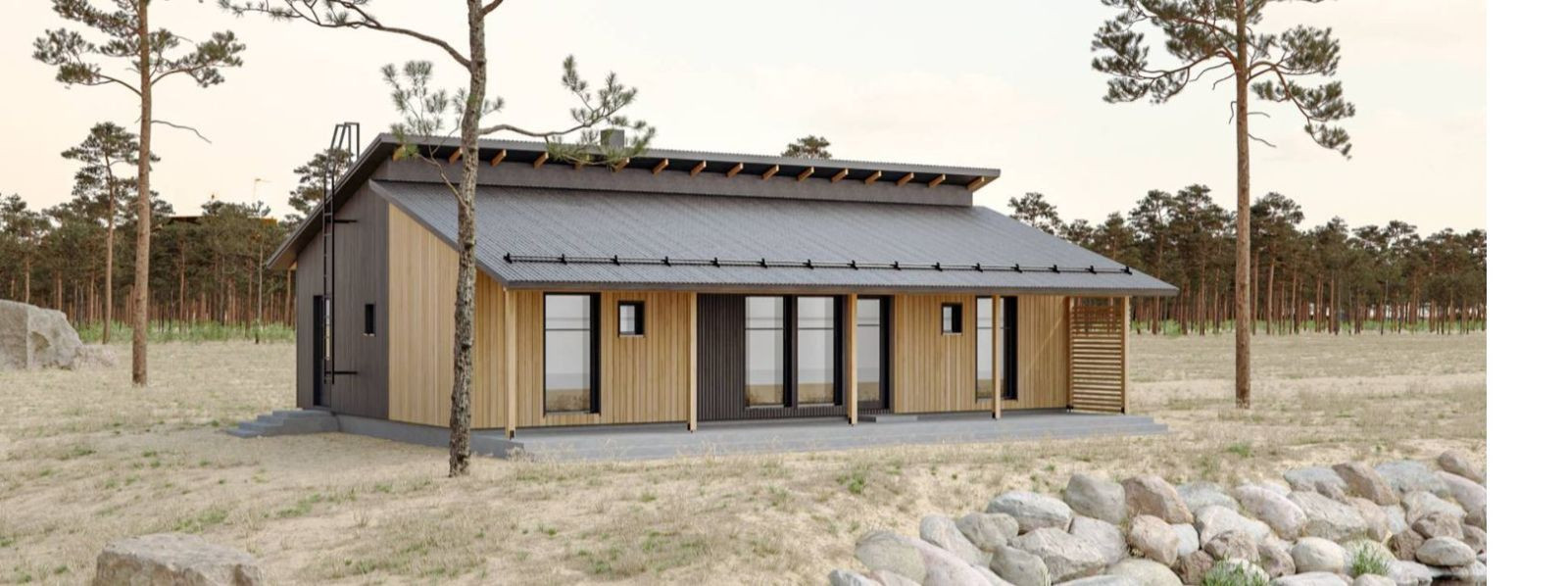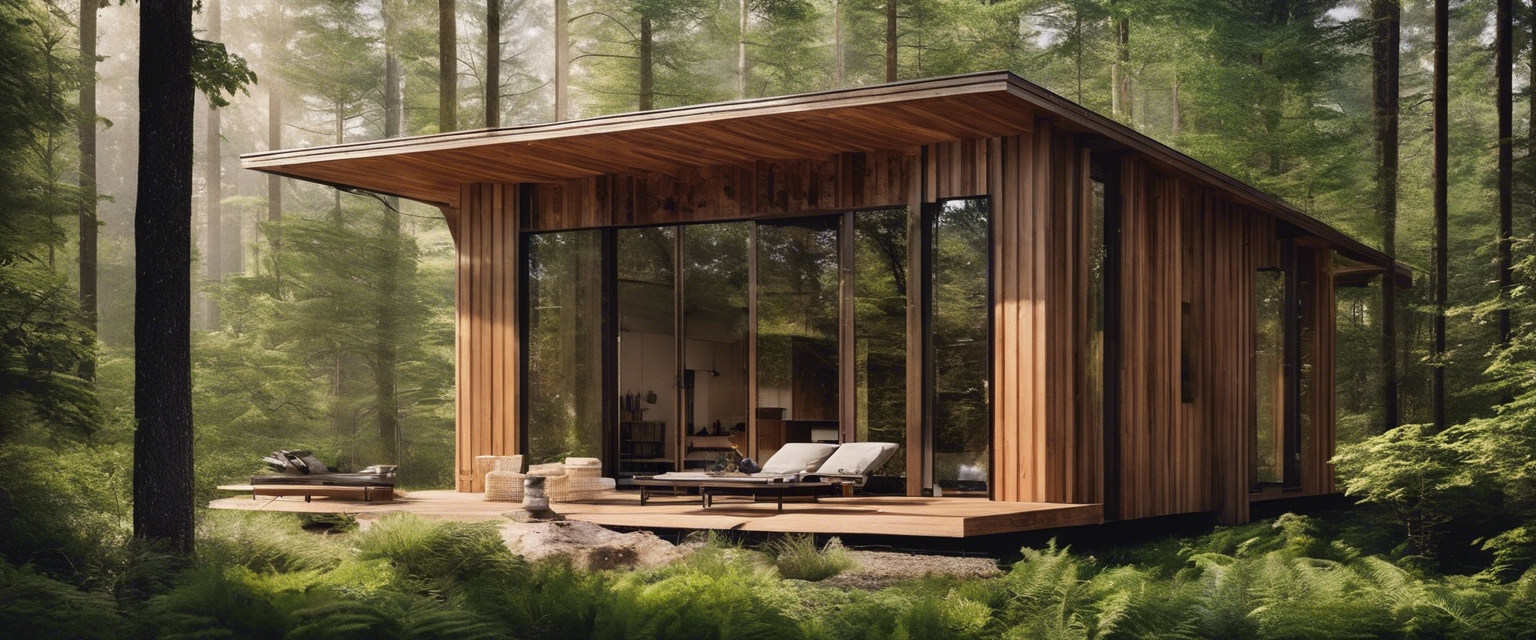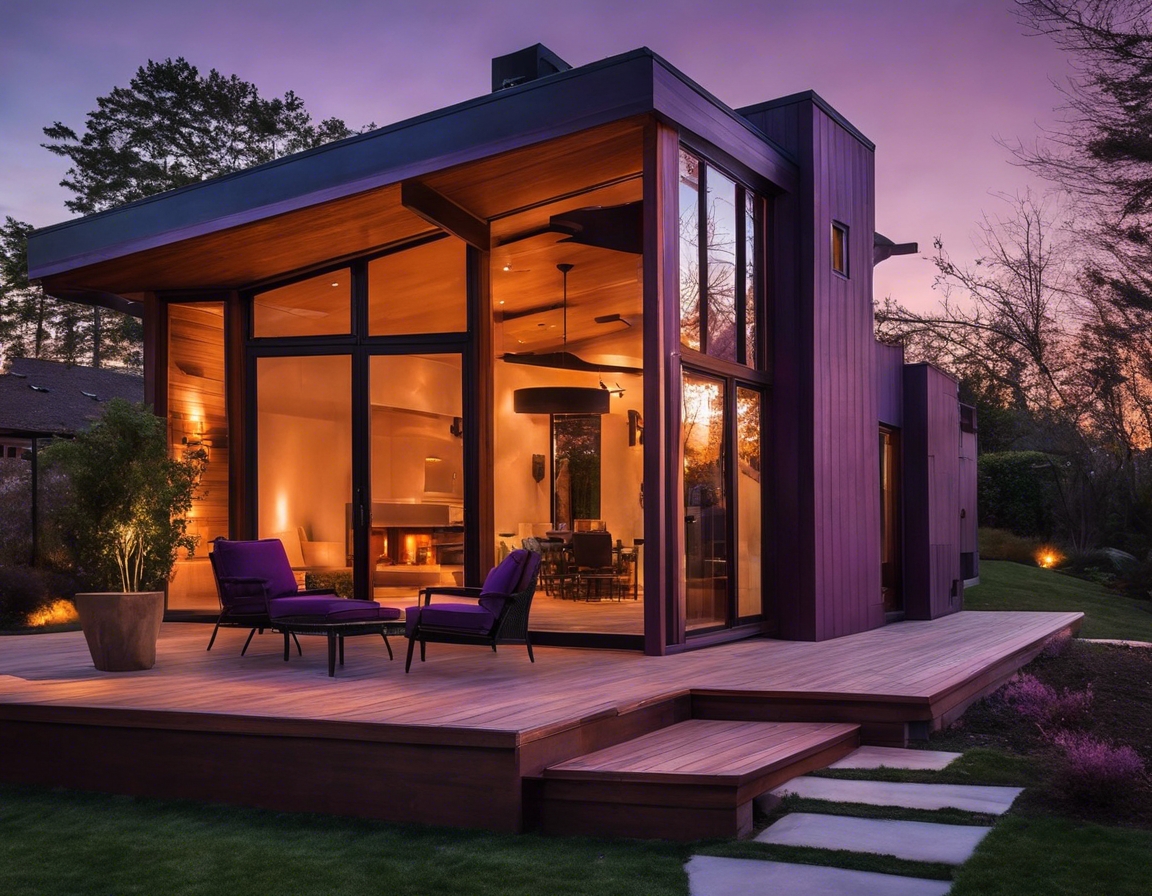Sustainability in modern housing
As the world becomes increasingly aware of the environmental challenges we face, the demand for sustainable housing solutions has never been greater. Modern housing is evolving to meet the needs of environmentally conscious individuals and families who seek to minimize their ecological footprint while enjoying the comforts of a customized home. This blog explores the various aspects of sustainability in modern housing, highlighting the importance, features, and innovations that define this growing trend.
The Importance of Sustainable Housing
Sustainable housing plays a crucial role in reducing the environmental impact of residential buildings. By incorporating eco-friendly practices and materials, these homes help decrease carbon emissions, reduce waste, and conserve natural resources. This not only benefits the planet but also contributes to a healthier living environment for residents.
Investing in sustainable housing can lead to significant economic advantages. Energy-efficient homes often result in lower utility bills, while the use of durable, sustainable materials can reduce maintenance costs over time. Additionally, sustainable homes tend to have higher resale values, making them a wise financial investment.
Choosing sustainable housing is a reflection of social responsibility. It demonstrates a commitment to preserving the environment for future generations and supports the development of communities that prioritize sustainability. This aligns with the values of many individuals and families who seek to make a positive impact on the world.
Key Features of Sustainable Homes
Energy efficiency is a cornerstone of sustainable housing. Features such as high-performance windows, energy-efficient appliances, and proper insulation help reduce energy consumption and lower greenhouse gas emissions. These elements work together to create a comfortable and cost-effective living environment.
Sustainable homes often incorporate water-saving technologies, such as low-flow fixtures, rainwater harvesting systems, and drought-resistant landscaping. These measures help conserve water resources and reduce the overall environmental impact of the home.
The use of sustainable materials is essential in modern housing. This includes materials that are recycled, locally sourced, or have a low environmental impact. By choosing sustainable materials, homeowners can reduce waste and support eco-friendly manufacturing practices.
Indoor environmental quality is a critical aspect of sustainable housing. This involves ensuring good air quality, natural lighting, and proper ventilation. These factors contribute to the health and well-being of residents, making sustainable homes a desirable choice for families.
Innovative Technologies in Sustainable Housing
Smart home systems are revolutionizing sustainable housing by providing homeowners with greater control over their energy usage. These systems can automate lighting, heating, and cooling, optimizing energy efficiency and enhancing convenience.
Incorporating renewable energy solutions, such as solar panels and wind turbines, is a key feature of sustainable homes. These technologies reduce reliance on fossil fuels and contribute to a cleaner, more sustainable energy future.
Advanced insulation techniques are essential for maintaining energy efficiency in sustainable homes. By using high-quality insulation materials, homeowners can minimize heat loss and reduce energy consumption, leading to a more comfortable and eco-friendly living space.
Customization in Sustainable Housing
Customization is a significant advantage of sustainable housing. Homeowners can work with designers to create tailored solutions that meet their specific needs and preferences, ensuring that their home aligns with their lifestyle and environmental values.
Sustainable homes often feature flexible living spaces that can adapt to changing needs. This includes multi-functional rooms and open floor plans that maximize space and enhance the overall living experience.
Personalization is key in sustainable housing, allowing homeowners to choose eco-friendly features that reflect their values. This can include selecting sustainable materials, energy-efficient appliances, and renewable energy systems that align with their environmental goals.
Challenges and Opportunities in Sustainable Housing
One of the main challenges of sustainable housing is the initial cost. However, the long-term savings on energy and maintenance, coupled with potential government incentives, can offset these expenses, making sustainable homes a viable option for many families.
Regulatory requirements can pose challenges for sustainable housing projects. However, staying informed about local building codes and working with experienced professionals can help navigate these complexities and ensure compliance.
The future of sustainable housing is bright, with new technologies and innovations continually emerging. By staying informed and embracing these trends, homeowners can ensure their homes remain at the forefront of sustainability and innovation.






Comments (0)